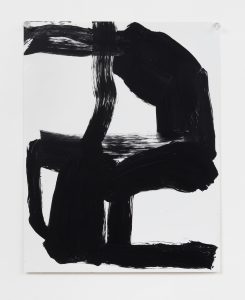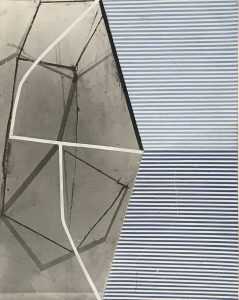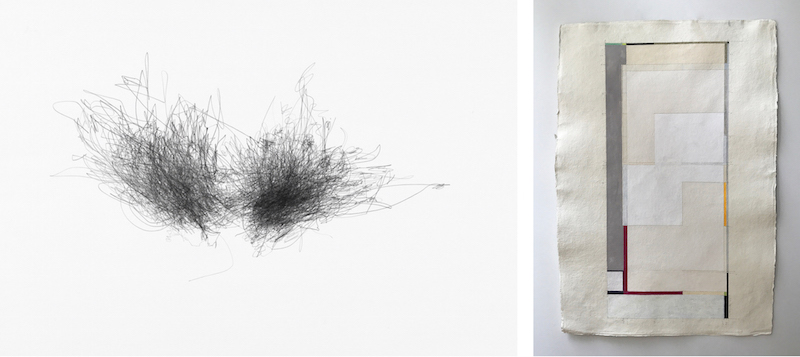Hiring the right temporary domestic staff for your summer home is a large project for any principle or family. This article discusses why this can be so challenging and offers potential solutions to common problems I have seen every season. I am someone with extensive experience in the luxury hospitality and staffing industry and I have run British American Household Staffing and British American Yachts, the leading domestic staffing and yacht crew agency in the USA and UK as well as British American Newborn Care, which works with the best childcare professionals in the USA and UK. Most agencies have a roster of recurring staff in all the domestic staff categories. The earlier you start the hiring process the more likely you will secure the most qualified candidates. If you have very specific requirements and early start will help you find the ideal person for a potentially harder match to find.
A family looking for a live-in housekeeper-cook for their Hamptons home should look at contacting agencies in New York as well as the Hamptons, but nowhere too far for the housekeeper-cook to travel back and forth to on their days off (for instance New Jersey is too far from Easthampton, one full day off will be used for traveling). A live-in housekeeper-cook for the Hamptons will have to drive so this is a challenging order as many domestic candidates don’t want to live in and many housekeepers do not like to cook, especially cook the volume needed for the summer season, which is typically filled with parties and extra guests.
The best solution is to do the following: – Start the hiring process early – Contact high end agencies only, both local and non-local (as it is live in) – Set a salary range that is generous to allow you to find the best fit more easily – Make sure you have set an appealing schedule so you open-up the pool of qualified candidates. The schedule should always have 2 consecutive days off and usually a Sunday is given as a day off, in conjunction with Monday or Saturday – Phone screen the candidates first – Check their level of experience – Check they have been a flexible worker in the past.
One of the most common recurring issues for larger estates lies in the team of domestic staff. Staffing a larger home or estates is like running a small business in your home. The pyramid model works well for estate staffing. Start by hiring a house manager or a butler house manager. This person can then help you screen the rest of the staff, which helps them establish their authority with the staff you decide to hire for the summer that this house manager will be overseeing. This is the most important hire you will make over the summer, so screen this person for the following qualities:
– Ask their management style and ask for two or more references from staff they managed previously – Find out why they are looking for the summer only – Hire someone who has experience in the area they will be working – Ensure they have estate staff management experience – Once you hire them, hire the domestic staff with them and keep an open line of communication with the staff in case there are revolving door problems and it is the fault of the house manager – Make sure they have relationships with the top agencies in the area and ask who they liaise with at those agencies – Ensure they understand scheduling for staff – Pay them very well with the promise of a bonus at the end of the season In case you are doing the hiring alone or with a remote house manager, you will need to know how to attract the best staff (housekeepers, chefs and nannies) for your summer home Housekeepers: – Other than nannies, most high quality domestic are looking for a secure full-time job position, preferably with benefits. This is something every principle hiring only for the summer with deal with and lose staff too.
The best solution for this is to hire the best local candidates on a lower full time salary, offer benefits and give them a bonus at the end of the summer. This is the best solution for retaining top talent in a seasonal area such as the Hamptons – Housekeepers, more than any other domestic staff category, like a regular schedule with overtime, which is the law. A constant live in or Wednesday to Sunday schedule is always unpopular, but more-often-than-not needed for summer hires, especially in the Hamptons. Hire one more extra housekeeper than you need so each housekeeper gets one weekend of a month. This will attract the best talent – A standard and suggested formal housekeeper salary is $70,000 plus benefits and overtime. A seasonal housekeeper is $35 to $40 an hour.
Chefs: –
Chefs often like a temporary position that helps them earn a solid income and allows them more freedom to freelance during the year, or travel etc. – Yacht chefs are some of the best chefs you can find and they are accustomed to short-term gigs, long schedules, catering to large formal parties in a small space and working 7 day or more stretches. I would recommend this direction if you can accommodate a live- in chef. – Use an agency that works with both yacht and domestic staff – Top chefs are often happy to do the Hamptons in between jobs. Again, starting this search early and constantly checking in is an excellent way of increasing your chances of securing the best private chef for the summer – Suggested salary for a summer chef is $8-12,000 a month.
Nannies: –
Nannies fall into many different categories: 1. Career nannies 2. Mother’s helpers 3. Nanny/housekeepers 4. Second language nannies 5. Newborn Care Specialist nannies 6. Travel nannies Childcare is the most delicate of all domestic hires to make, as they need to be fully-qualified for your particular childcare situation. I recommend using an agency with a specialized childcare department. Screen the head of the department and make sure they are qualified in childhood education and development and hold the appropriate degrees (and newborn care specialist should be an expert in their field and should have experience training, screening and offering certificates to newborn care specialists). If your children are older (3 and up) a travel nanny or student nanny could be a great option. These nannies are often students, actresses, singers, writers or have another unrelated career during the year. They must be experienced nannies with your children’s age group and this should be screened by the agency childcare branch. This can be a good option if they are able to tutor and educate your children over the summer, or teach them a musical instrument etc. This is the more economical option, with a salary usually starting at $25 an hour plus overtime. Travel pay is not a legal prerequisite but overtime pay is. If you have an infant, or infant twins, a certified and educated newborn care specialist or baby nurse is the best option. A regular nanny (career nanny, nanny/housekeepers, second language nanny, mother’s helper or suchlike) will be looking for a permanent position, so they are harder to pin down for the summer. If you do, the career nannies will likely be expensive at $35-45 an hour. Some will accept a summer position in between jobs but this is rare. For all childcare positions we highly recommend going through the childcare division at a reputed agency. Again, screen the person who heads this branch.
Examples are British American Household Staffing (bahs.com) and British American Newborn Care (bababynurses.com). Ashley Mundt and Katie Morin are both childhood and infant development specialists and highly certified, their bios below. For more information on domestic staffing, temporary or permanent, feel free to reach out to me at: info@bahs.com
By Anita Rogers www.bahs.com www.babynurses.com
View on British American Household Staffing’s blog: http://bahs.com/news/detail/hiring-the-best-domestic-staff-for-your-summer-home1

 tually right,” says BAHS president Anita Rogers. “They have very different backgrounds and different roles. A house manager oversees the structure of the staff and typically does all of the hiring and firing. They handle scheduling—making sure a chauffeur is always on call, housekeepers shifts are covered, and that a replacement is available if someone calls in sick. They’re also responsible for the budgeting, financial planning, and overall management of household.”
tually right,” says BAHS president Anita Rogers. “They have very different backgrounds and different roles. A house manager oversees the structure of the staff and typically does all of the hiring and firing. They handle scheduling—making sure a chauffeur is always on call, housekeepers shifts are covered, and that a replacement is available if someone calls in sick. They’re also responsible for the budgeting, financial planning, and overall management of household.”


